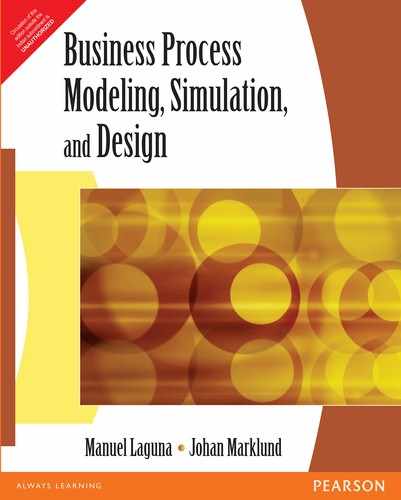1The term suboptimization refers to situations in which optimizing a subsystem according to its local objectives leads to an inferior solution for the overall system. For example, a production manager under budgetary pressure might decide not to allow any more overtime. As a consequence, the orders accepted by the sales staff cannot be met on time, which leads to order cancellations. For profit-maximizing firms, this implies revenue reductions due to lost sales and also long-term effects in terms of loss of goodwill and reputation.
2Traditionally, companies have developed organizational structures based on the type of work performed. This type of organization is commonly known as a functional organization because work is organized on the basis of the function it serves. A restaurant that classifies its workers as cooks, dishwashers, bartenders, and so on has classified them on the basis of the function they serve or the type of work they perform. Likewise, a manufacturer of consumer goods with accounting, finance, sales, and engineering departments has organized its employees on the basis of the tasks they perform.
3In the field of discrete event simulation, the term transient entity is given to jobs that enter the simulated system, where activities are performed to complete such jobs before exiting. Therefore, in that context, transient entities and flows are synonymous. In simulation, there is also the notion of resident entities, which are the resources needed to perform activities.
4Concurrent engineering is one of the most effective strategies designed to shorten product development cycle times and increase the likelihood of designing robust and manufacturable products. In simple terms, the strategy consists of overlapping various phases of the design and development process, allowing for downstream work to begin before the prior phase of work has been completed. Implementing concurrent engineering is not a trivial matter, due to the increased need for information to flow between the different phases of the process.
5Reengineering or business process reengineering (BPR) is an improvement program, based on the ideas of Hammer, Champy, and Davenport published in the early 1990s, that advocates radical redesign and revolutionary change of core business processes as a recipe for success. The principles of BPR will be discussed further in Chapter 2.
